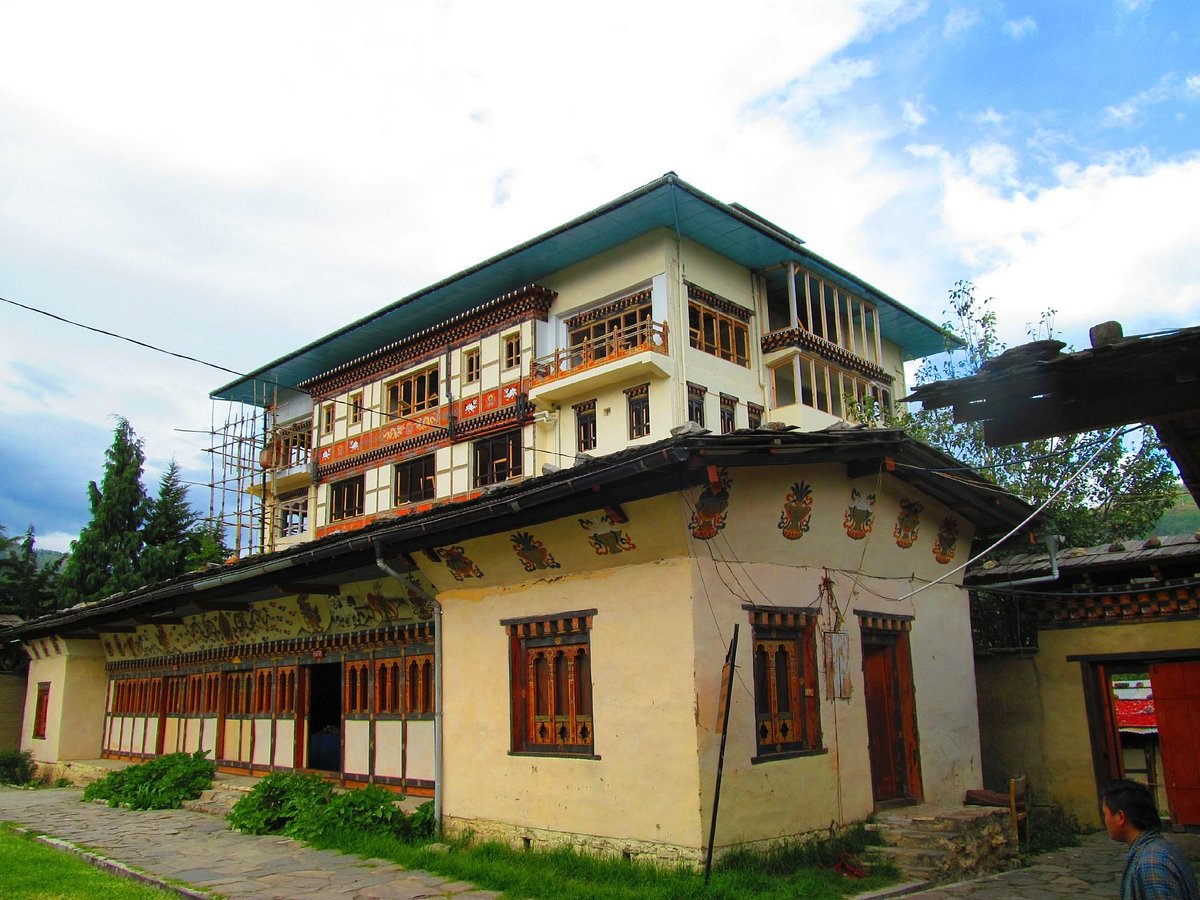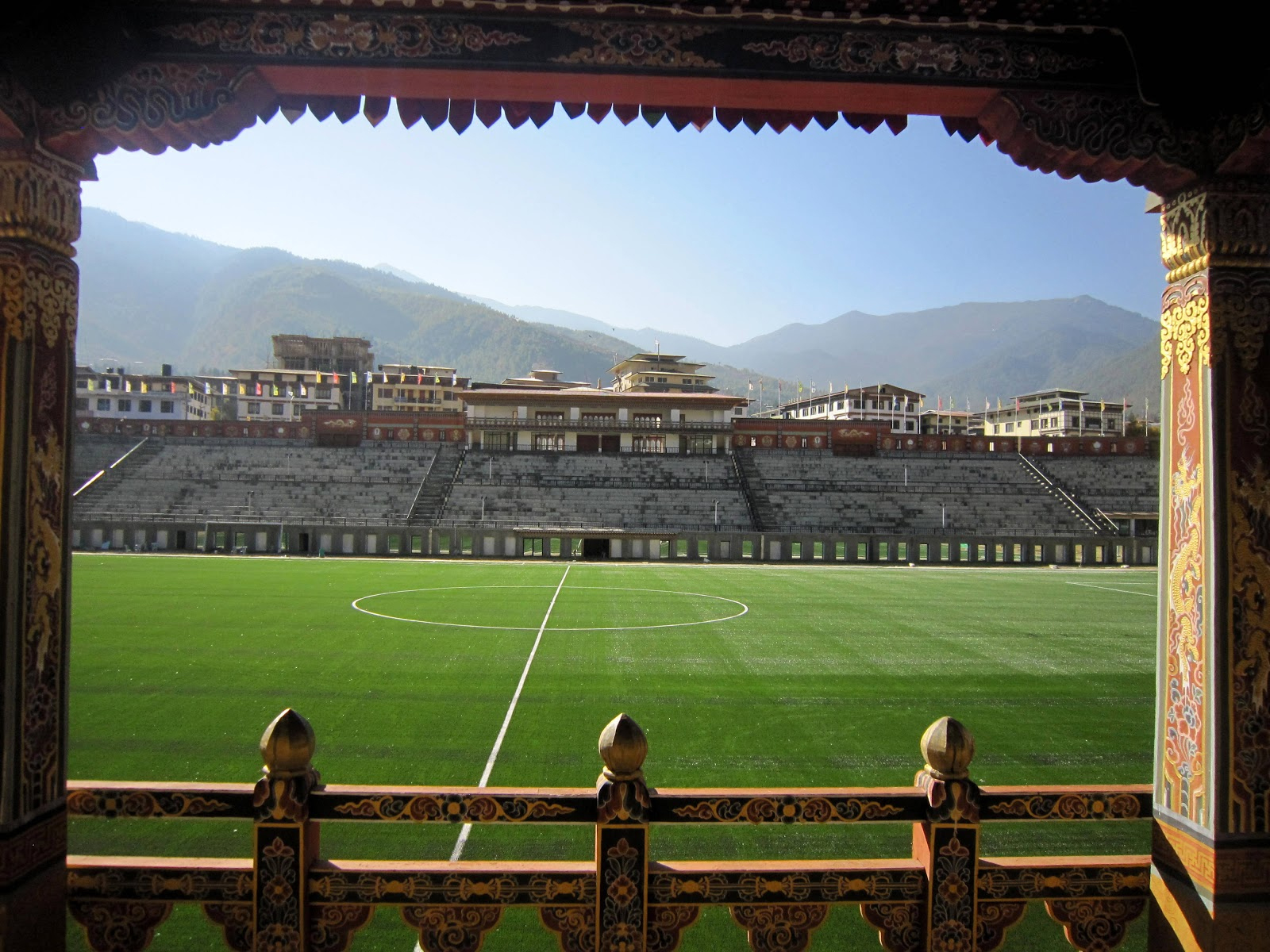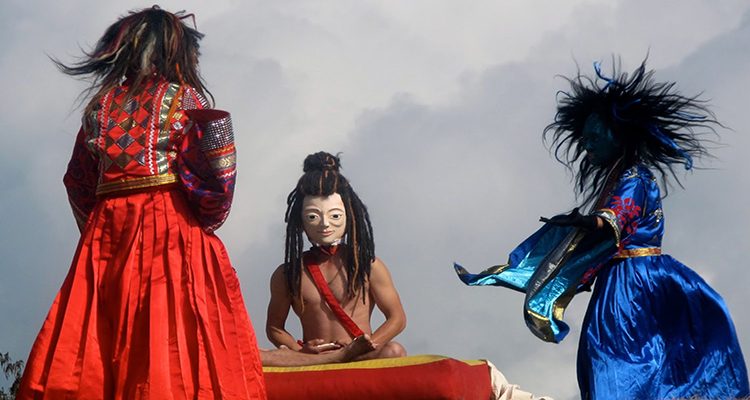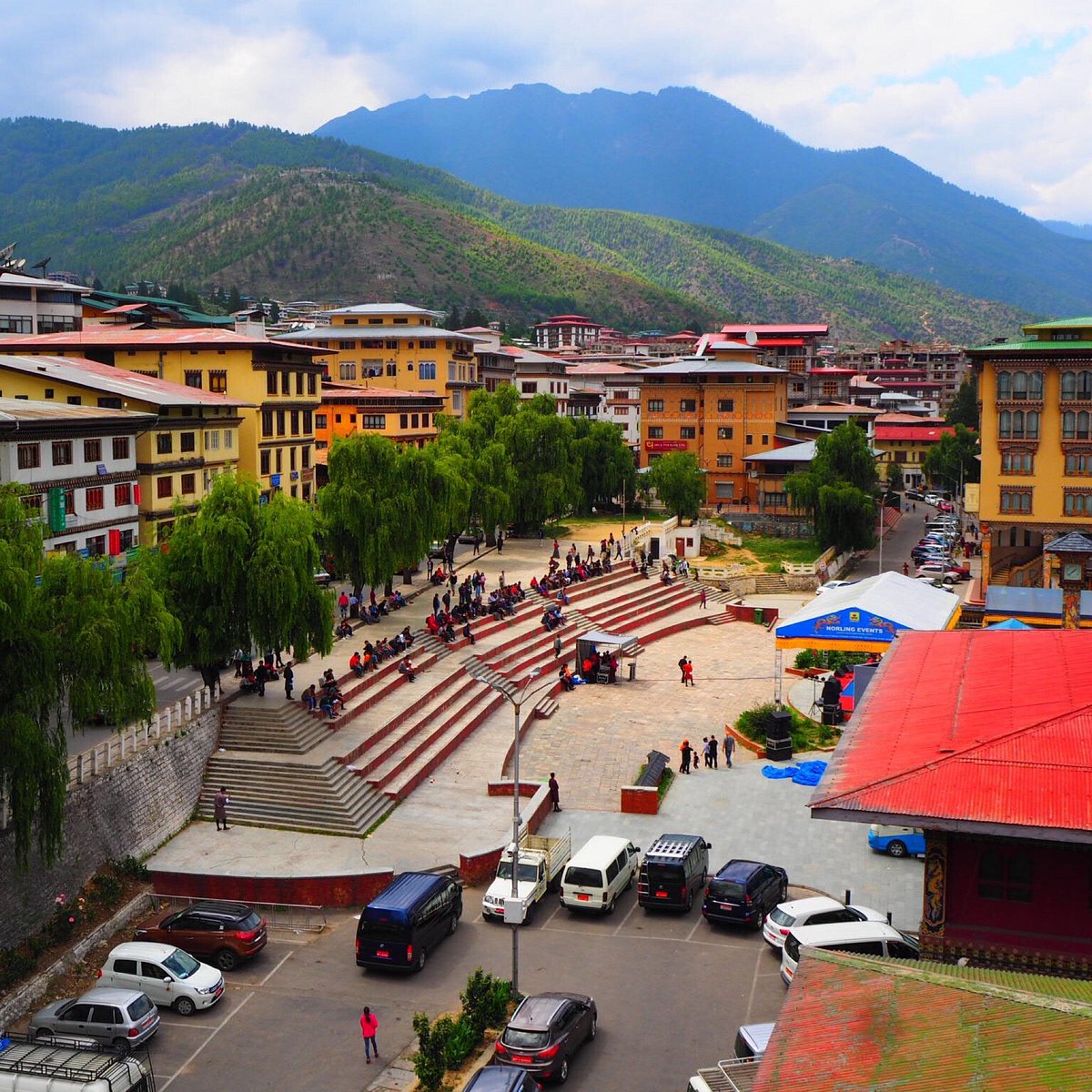1. Overview
Folk Heritage Museum, officially known as Phelchey Toenkhyim, is a cultural gem located in the heart of Thimphu, Bhutan. Housed in a restored 19th-century traditional Bhutanese farmhouse, the museum offers an authentic glimpse into rural Bhutanese life. It showcases Bhutan’s rich cultural heritage, traditional lifestyle, tools, and domestic artifacts, making it a must-visit for those seeking to understand Bhutan beyond its monasteries and mountains.
Location – Google Maps Link
2. History
- Opened to the public in 2001 under the initiative of Queen Mother Ashi Dorji Wangmo Wangchuck.
- Located inside a 150-year-old traditional Bhutanese mud-and-wood house.
- Named “Phelchey Toenkhyim,” meaning “House of the People.”
- Designed to promote understanding and appreciation of Bhutanese rural culture.
- The farmhouse structure represents the typical household of a well-to-do family in the countryside.
- Exhibits include traditional farming tools, household items, textiles, and cooking utensils.
- Seasonal displays and special exhibitions are held to mark festivals and cultural events.
- Includes a water mill, traditional kitchen, and a domestic altar.
- The museum compound also features a restaurant that serves authentic Bhutanese cuisine.
- Located about 10 minutes’ drive from Thimphu city center, near the National Library and the Institute for Zorig Chusum.
3. What Makes Folk Heritage Museum Popular?
The museum offers a rare, intimate look into Bhutan’s rural past, preserved through carefully curated artifacts and a lifelike traditional farmhouse setup. It is popular among tourists, students, and cultural scholars for its educational value and immersive environment. The opportunity to see ancient tools, kitchens, and textiles up close makes it a living storybook of Bhutanese tradition.
4. Overall Ratings (1 to 5 Stars)
Overall Rating: ⭐⭐⭐⭐⭐ (5/5)
Historical Significance: ⭐⭐⭐⭐⭐ (5/5)
Architectural Beauty: ⭐⭐⭐⭐☆ (4/5)
Cultural Experience: ⭐⭐⭐⭐⭐ (5/5)
Accessibility: ⭐⭐⭐⭐⭐ (5/5)
5. Weather
Best Time to Visit: March to May and September to November
Temperature Range: 10°C to 25°C
The weather during these seasons is ideal for walking tours and outdoor displays at the museum.
6. Nearest Five Hotels
- Taj Tashi Thimphu – Luxury hotel with elegant Bhutanese décor and excellent service
- Le Méridien Thimphu – Stylish hotel offering modern amenities and spa services
- Hotel Norbuling – Mid-range hotel known for its warm hospitality
- City Hotel Thimphu – Centrally located hotel with great city access
- Druk Hotel – Heritage hotel with traditional Bhutanese architecture and modern comfort
7. Timings
Monday to Friday: 9:00 AM – 4:00 PM
Saturday: 10:00 AM – 1:00 PM
Closed on Sundays and Government Holidays
8. Time Required to Visit
Visit Duration: 1 to 1.5 hours
This includes exploring indoor exhibits, the farmhouse, garden, and souvenir shop.
9. Entry Fees & Ticket Booking Details
Entry Fee:
- Bhutanese Nationals: BTN 50
- SAARC Visitors: BTN 100
- International Tourists: BTN 150
- Children under 10: Free
Tickets are available at the entrance; no advance booking is necessary.
10. Things to See & Do
- Explore the three-story farmhouse with ancient living and kitchen spaces
- View a collection of old farming tools, traditional garments, and household goods
- Visit the water mill and grain storage areas
- Participate in cultural activities or demonstrations (if available)
- Enjoy Bhutanese meals at the on-site restaurant
11. Best Time to Visit
Season: Spring (March–May) and Autumn (September–November)
Time of Day: Late morning to early afternoon for guided tours and lunch
Day of Week: Weekdays for fewer crowds and full access to exhibits
12. Nearest Parking Spots
- On-site parking available within the museum compound
- Additional parking near the National Library
- Easily accessible by private vehicles and taxis from anywhere in Thimphu
13. Tips for Visitors
- Wear comfortable footwear as some parts of the museum include climbing steps
- Don’t miss the kitchen and altar rooms on the upper floors
- Try local Bhutanese food at the museum’s restaurant
- Photography is allowed outdoors but may be restricted in certain rooms
- Ask for a guided tour to gain deeper insights into each exhibit
14. How to Reach the Place
By Car: 10-minute drive from central Thimphu
By Taxi: Easily available throughout the city
By Foot: Walkable from nearby sites like the National Library
By Tour: Commonly included in Thimphu heritage tour packages
15. Nearby Attractions to Combine for the Visit
- National Library of Bhutan – Houses ancient manuscripts and texts
- Zorig Chusum Institute – See traditional arts and crafts in the making
- Changangkha Lhakhang – Ancient hilltop temple offering blessings for children
- Simply Bhutan Museum – Interactive cultural museum experience
- Royal Textile Academy – Learn about Bhutanese weaving traditions



